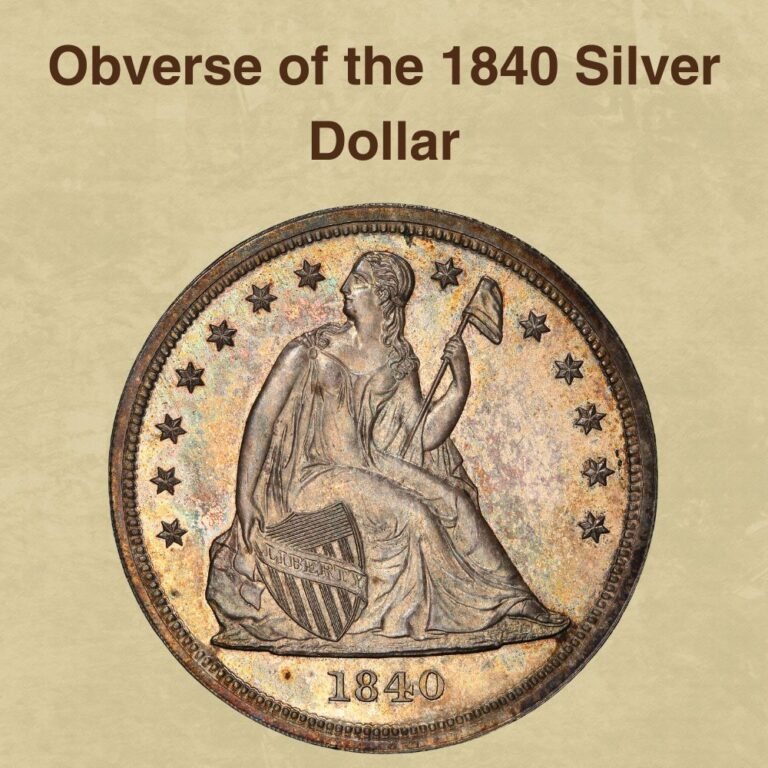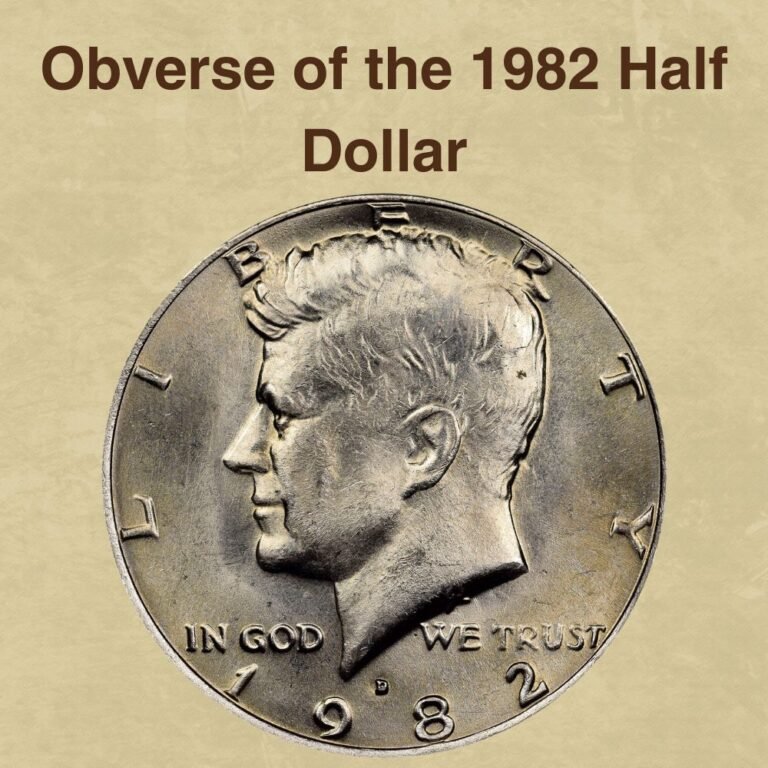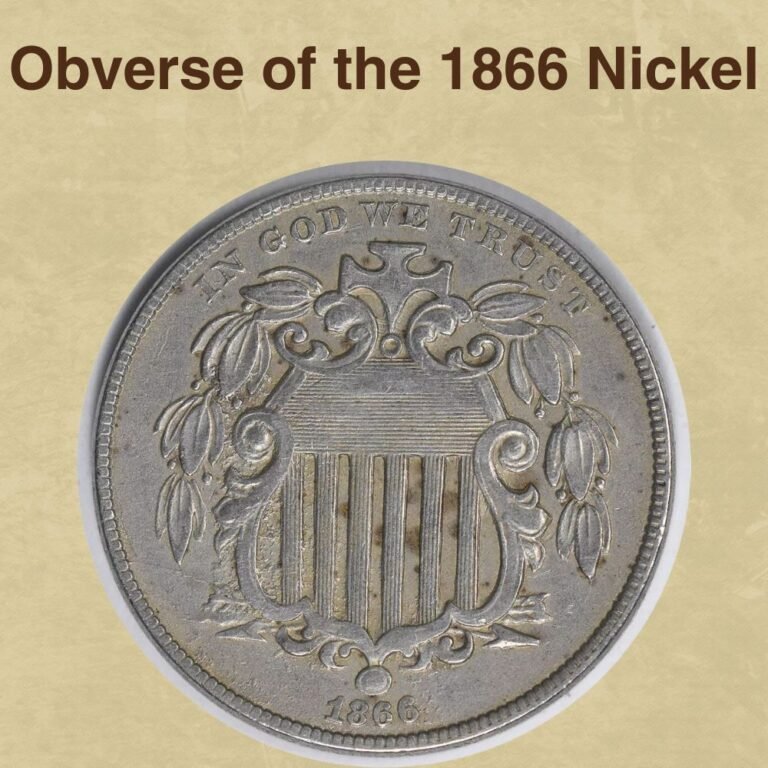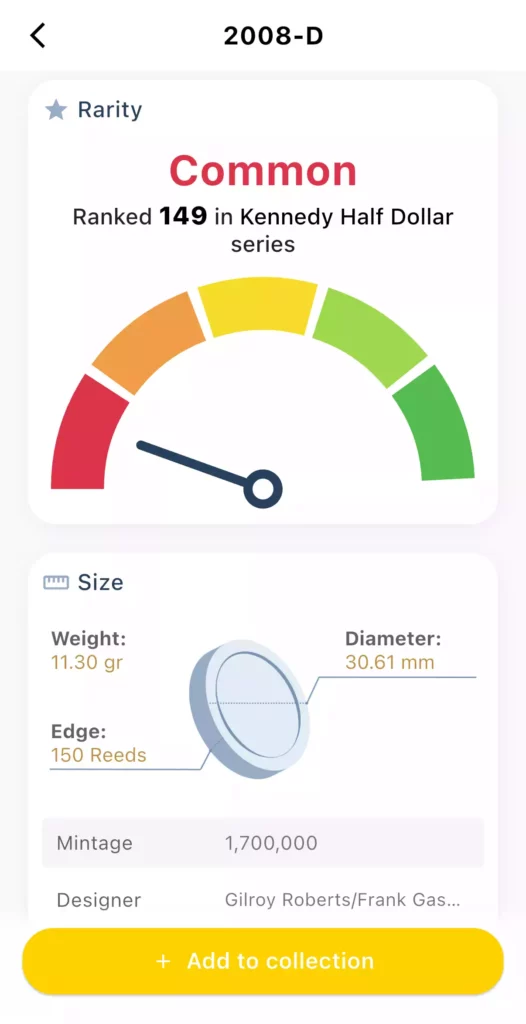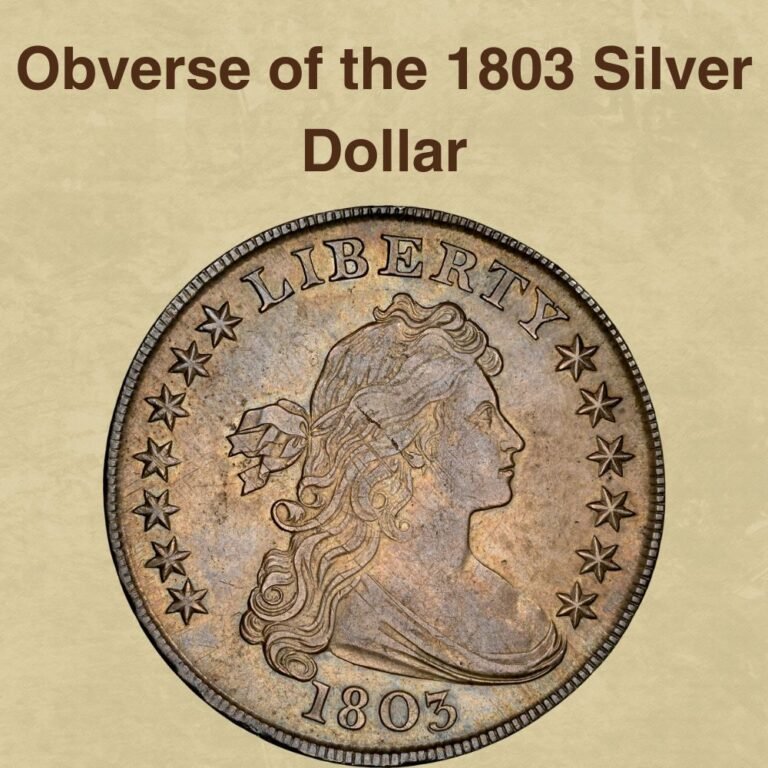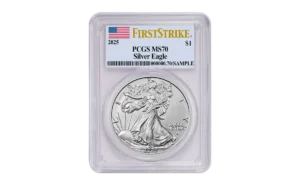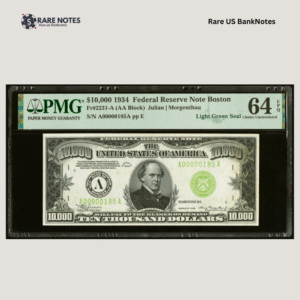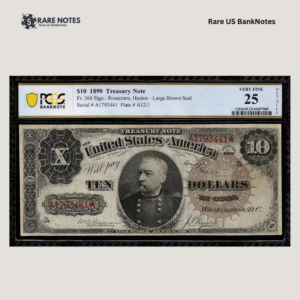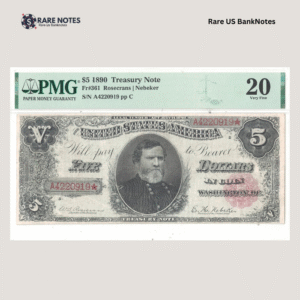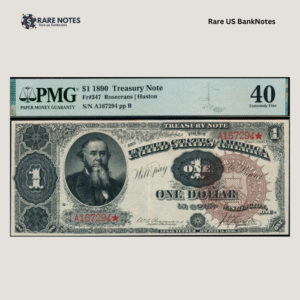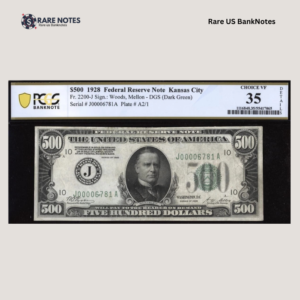The 1921 recession created numismatic gold mines. With less than one million Walking Liberty half dollars minted across all facilities, collectors today pay $200-$1,000 for worn examples. Perfect specimens? They’ve hammered for over $100,000 at major auctions.
Finding a 1921 Walking Liberty half dollar means discovering buried treasure that most people overlook. The economic collapse forced such low production that even damaged coins sell for 20 times their silver content.
Smart collectors recognize these coins as the holy grail of half dollar collecting—rarer than many famous key dates, yet still within reach for the determined buyer.
1921 Half Dollar Value By Variety
Understanding 1921 half dollar values requires examining mint mark differences and condition grades.
The economic recession that year created three distinct varieties with dramatically different market values. Current pricing varies significantly based on which mint produced the coin and its preservation level over the past century.
1921 Half Dollar Value Chart
| TYPE | GOOD | FINE | AU | MS | PR |
|---|---|---|---|---|---|
| 1921 No Mint Mark Half Dollar Value | $159 | $1,812 | $5,203 | $19,053 | — |
| 1921 D Half Dollar Value | $271 | $2,795 | $8,792 | $37,200 | — |
| 1921 S Half Dollar Value | $121 | $2,806 | $18,332 | $79,350 | — |
Tip: Use our CoinValueChecker App for real-time variety identification and current market values.
1921 Half Dollar Market Trend
Market Interest Trend Chart – 1921 Half Dollar
Over the past decade, the 1921 half dollar has displayed a recognizable cycle of market attention. Interest began climbing in 2016–2017, echoing the upswing across the broader numismatic market during that time.
Momentum reached its height in March 2019, when the trend level peaked at 6,460—marking the strongest surge of collector focus in recent years. After this dramatic rise, activity gradually moderated, giving way to steadier levels of engagement.
The long-term pattern underscores the cyclical behavior typical of rare American silver coins, where sudden bursts of interest are often followed by periods of consolidation.
Observing these movements also provides valuable perspective when compared with broader market activity reflected in the US Coin Market Trend Ranking (Top 100).
History of The 1921 Half Dollar
The Walking Liberty half dollar emerged in 1916 when Mint Director Robert Woolley commissioned a design competition to replace the unpopular Barber coinage. Sculptor Adolph Weinman won with his vision of Liberty striding toward the rising sun.
However, 1921 became a numismatic watershed moment. The brutal post-war recession slashed coin production by 92% as economic demand collapsed nationwide. The Treasury prioritized silver dollar production by law, leaving half dollars as an afterthought with drastically reduced mintages across all three mints.
Most 1921 half dollars entered immediate circulation during the economic crisis, serving as everyday currency throughout the Great Depression when families needed every cent. These coins circulated heavily for decades, accumulating wear and damage through countless transactions, before numismatists in the 1940s began recognizing their extraordinary scarcity.
This historical irony—beautiful artistic designs born during prosperity, yet made scarce by economic catastrophe—transformed 1921 half dollars into accidental numismatic legends that continue captivating collectors today.
Also Read: 10 Most Historic Years of Walking Liberty Half Dollar (1916-1947)
Is Your 1921 Half Dollar Rare?
1921 No Mint Mark Half Dollar
1921-D Half Dollar
1921-S Half Dollar
Extraordinary rarity has made the 1921 half dollars some of the most coveted pieces in the entire series. The Philadelphia mint issue scores an impressive 80 rarity rating, ranking 16th in the entire Walking Liberty series. The 1921-D achieves an even higher 84 rating, securing 7th place.
Most remarkable is the 1921-S, which reaches the coveted “Divine” rarity classification with a 91 rating, placing it as the 2nd rarest Walking Liberty half dollar ever minted. This extraordinary scarcity stems from heavy Depression-era circulation and subsequent silver melts that eliminated most examples.
Each mint mark represents a different level of numismatic treasure, with survival patterns reflecting both original mintage limitations and decades of economic hardship.
For collectors seeking to verify their coin’s position, the CoinValueChecker App provides instant rarity analysis alongside current market valuations.

These rankings form part of the comprehensive Walking Liberty Half Dollar Rarity Ranking (Top 100), which reveals the shocking truth about how few high-grade examples survived nearly a century of circulation and economic upheaval.
Key Features of The 1921 Half Dollar
The 1921 half dollar combines Beaux-Arts design principles with powerful American symbolism. Despite its beauty, the series presented ongoing production difficulties throughout its 31-year run, as Weinman’s high-relief design proved challenging for mint presses to strike with consistent detail quality.
The Obverse Of The 1921 Half Dollar

The obverse showcases Liberty in dynamic motion, walking left across rocky terrain with her right arm extended toward the dawn of a new day. She carries olive branches in her left arm while draped in flowing robes with a star-spangled cape billowing behind her, creating one of American coinage’s most iconic images.
The word “LIBERTY” arcs above, with “IN GOD WE TRUST” positioned in the right field and the date “1921” below.
The Reverse Of The 1921 Half Dollar

The reverse presents a majestic American eagle perched alertly on a rocky crag, wings partially raised in a defensive posture while gazing into the distance. A mountain pine branch grows from the rock formation beside the eagle, serving as Weinman’s symbol of America’s natural strength and endurance.
The inscriptions include “UNITED STATES OF AMERICA” above, “E PLURIBUS UNUM” to the left, and “HALF DOLLAR” below.
Other Features Of The 1921 Half Dollar
The coin maintains standard specifications: 30.6 millimeters in diameter, 12.5 grams in weight, composed of 90% silver and 10% copper with a reeded edge. The current silver content provides a melt value of approximately $13.52, substantially exceeding its original 50-cent face value.
Mint marks, when present, appear on the reverse near the edge at the 7 o’clock position for 1921 issues.
1921 Half Dollar Mintage & Survival Data
1921 Half Dollar Mintage & Survival Chart
Survival Distribution
| Type | Mintage | Survival | Survival Rate |
|---|---|---|---|
| No Mint | 246,000 | 12,500 | 5.0813% |
| D | 208,000 | 10,000 | 4.8077% |
| S | 548,000 | 27,500 | 5.0182% |
The 1921 half dollar presents compelling survival statistics that reveal the harsh realities of economic circulation.
The Philadelphia mint struck 246,000 pieces, with approximately 12,500 examples surviving today, representing a 5.0813% survival rate. Denver’s ultra-low 208,000 mintage, achieving the poorest survival rate at 4.8077%.
Surprisingly, San Francisco’s higher 548,000 mintage with a 5.0182% survival rate, nearly matching Philadelphia despite greater initial availability.
These parallel survival rates across different mintage levels demonstrate how economic hardship affected coin preservation regardless of original quantities.
The data reveals that survival depends more on historical circumstances than initial mintage figures. Heavy Depression-era circulation and subsequent silver melts eliminated roughly 95% of all 1921 half dollars, creating today’s scarcity patterns.
These statistics position all three 1921 varieties prominently within the comprehensive Walking Liberty Half Dollar Survival Ranking (Top 100), where economic history shaped numismatic destiny.
1921 Half Dollar Grading
Grading 1921 Walking Liberty half dollars requires careful examination of specific wear patterns and strike characteristics unique to this challenging year.
The most critical areas include Liberty’s left hand and gown lines on the obverse, plus the eagle’s breast feathers and left leg details on the reverse—areas where metal flow difficulties commonly occurred during striking.
Circulated examples show wear progression starting from Liberty’s breasts and right arm, moving to her head and left leg areas as condition decreases. The eagle’s feather separation becomes increasingly important for grade determination, with completely merged feathers indicating lower grades.
Contact marks from bag handling significantly impact grading since both Liberty and the eagle received minimal rim protection due to their high relief design.
For accurate assessment, collectors can use the CoinValueChecker App to instantly check grade estimates alongside current market values.

Understanding these grading fundamentals becomes essential preparation for mastering the comprehensive standards outlined in How to Grade Walking Liberty Half Dollar, where condition directly determines substantial value differences across the grade spectrum.
1921 Half Dollar Value Guides
The 1921 Walking Liberty half dollar encompasses three distinct varieties, each representing different mint facilities active during the recession year.
Collectors distinguish these varieties primarily by mint mark placement on the reverse side, located underneath the olive branch near the rim edge. Each variety exhibits different rarity levels and market values, reflecting both original mintage circumstances and subsequent survival patterns through decades of economic hardship.
The complete 1921 Walking Liberty half dollar series includes:
- 1921 no mint mark: Philadelphia Mint issue, identifiable by absence of mint marking
- 1921-D: Denver Mint issue, marked with small “D”
- 1921-S: San Francisco Mint issue, marked with small “S”
1921 No Mint Mark Half Dollar Value

The 1921 no mint mark half dollar represents Philadelphia Mint’s exceptional craftsmanship during America’s most challenging economic period. Philadelphia specimens consistently demonstrate superior strike quality compared to branch mint issues, with sharp detail rendering of Liberty’s skirt lines, hand, and head, plus well-defined eagle breast feathers.
This variety holds special significance as one of only three Walking Liberty issues struck during the recession year, when all three mints combined barely reached one million coins.
Unlike later series years when Philadelphia dominated with tens of millions of pieces, 1921 marked Philadelphia’s transition into recession-era scarcity alongside its branch mint counterparts.
1921 No Mint Mark Half Dollar Price/Grade Chart
Price by 1-70 Grade (Latest Auction Records Included)



